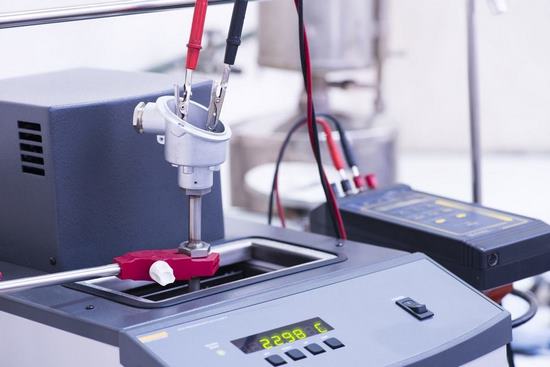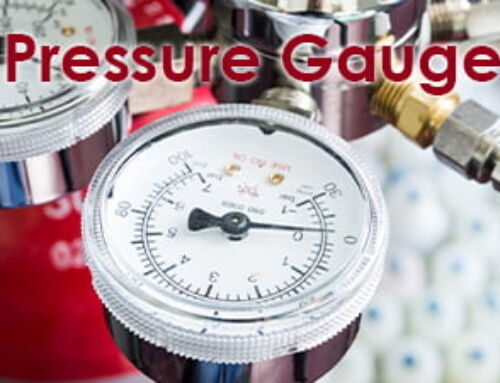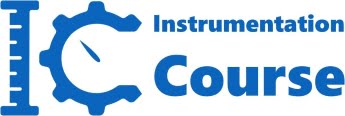Temperature measurement is a critical aspect of numerous industries, ranging from manufacturing and energy to healthcare and research.
Accurate and reliable temperature measurements are essential for maintaining operational efficiency, ensuring product quality, and guaranteeing the safety of personnel and equipment.
To achieve precise temperature measurements, calibration of temperature sensors plays a pivotal role.
In this comprehensive article, we delve into the significance of temperature sensor calibration, the calibration process, best practices, and additional considerations to enhance measurement accuracy.
Importance of Temperature Sensor Calibration

Temperature sensors, such as thermocouples, resistance temperature detectors (RTDs), and thermistors, are susceptible to drift and degradation over time.
Factors like environmental conditions, aging, and exposure to harsh operating conditions can impact their performance.
Calibration is the process of comparing the output of a temperature sensor with a known reference standard to identify any deviations or inaccuracies.
By calibrating temperature sensors, measurement errors can be identified, quantified, and compensated for, resulting in improved measurement accuracy and traceability.
Temperature Sensor Calibration Process

- Reference Standard Selection: A reference standard with a higher accuracy than the sensor being calibrated is chosen as the benchmark for comparison.
This can be a calibrated thermometer, a temperature bath, or a temperature-controlled chamber.
The reference standard should possess a known and stable temperature value. - Pre-Calibration Preparation: Before calibration, ensure the temperature sensor and reference standard are at thermal equilibrium.
This minimizes measurement errors due to temperature gradients.
Both devices should be allowed sufficient time to stabilize. - Data Collection: The temperature sensor and reference standard are subjected to a series of temperature points across the desired temperature range.
The output readings from both devices are recorded simultaneously. - Comparison and Analysis: The output readings of the temperature sensor are compared with the reference standard readings.
The differences, or measurement errors, are calculated at each temperature point.
Statistical analysis techniques, such as linear regression or polynomial fitting, may be employed to determine correction factors or calibration curves. - Adjustment and Compensation: Based on the analysis, correction factors or calibration curves are applied to compensate for the measurement errors observed.
These adjustments can be implemented through software or hardware modifications, depending on the sensor type and application.
Best Practices for Temperature Sensor Calibration

- Regular Calibration Schedule: Temperature sensors should be calibrated at regular intervals.
The frequency depends on factors such as sensor stability, application criticality, industry regulations, and manufacturer recommendations.
Annual calibration is a common practice, but more frequent calibration may be necessary for sensors subjected to extreme conditions or critical processes. - Traceability and Accreditation: Calibration should be performed by accredited laboratories or calibration service providers that adhere to international standards.
This ensures traceability to national or international measurement standards, providing confidence in the accuracy and reliability of the calibration results. - Environmental Considerations: Calibration should be conducted in an environment that closely replicates the conditions in which the sensor operates.
Factors such as ambient temperature, humidity, and vibration should be controlled to minimize measurement errors caused by environmental influences. - Documentation and Record Keeping: Detailed documentation of the calibration process, including calibration dates, results, correction factors, and any adjustments made, should be maintained.
This documentation serves as a reference for future comparisons, compliance audits, and troubleshooting.
Key Factors to Consider

- Calibration Certificates: Calibration certificates are provided after completing the calibration process.
These certificates serve as official documentation that confirms the traceability of the calibration to recognized standards and include details such as the calibration date, the method used, and the measurement uncertainties associated with the calibration. - Calibration Intervals: The frequency of calibration depends on factors such as the sensor type, application requirements, industry standards, and regulations.
It’s important to consult the sensor manufacturer’s recommendations and
adhere to any industry-specific requirements or regulations regarding calibration intervals. - On-Site Calibration vs. Off-Site Calibration: Temperature sensor calibration can be performed either on-site or off-site at a calibration laboratory.
Consider the advantages of reduced downtime and quicker turnaround with on-site calibration.
Also, think about the comprehensive capabilities and traceability offered by off-site calibration in accredited laboratories. - Calibration Methods: Various methods are employed during temperature sensor calibration, such as comparison to a reference standard or using secondary calibration devices.
Advanced techniques like automated calibration systems or software-based calibrators can improve efficiency and reduce human errors. - Uncertainty Analysis: Calibration involves estimating the measurement uncertainties associated with the temperature sensor’s readings.
Understanding and quantifying uncertainties provide confidence in the accuracy of the temperature sensor. - Calibration Verification: In addition to regular calibration, periodic verification of the sensor’s performance is important.
Verification helps identify any drift or deviations in the sensor’s performance between calibration intervals and
allows for timely adjustments or recalibration if necessary.
Conclusion
Temperature sensor calibration is a vital aspect of temperature measurement in various industries.
Calibration ensures accurate and reliable temperature readings, improves process efficiency, and enhances product quality.
Proper calibration practices, including reference standard selection and pre-calibration preparation, contribute to enhanced measurement accuracy and traceability.
Data collection, comparison and analysis, and adjustment and compensation are also important.
In addition, considerations such as regular calibration schedules, traceability and accreditation, environmental control, and documentation are crucial for successful temperature sensor calibration.
By implementing these practices and considering additional factors such as calibration certificates, calibration intervals, on-site versus off-site calibration, calibration methods, uncertainty analysis, and calibration verification, organizations can ensure accurate and reliable temperature measurements for optimal operational efficiency and product quality.







Leave A Comment